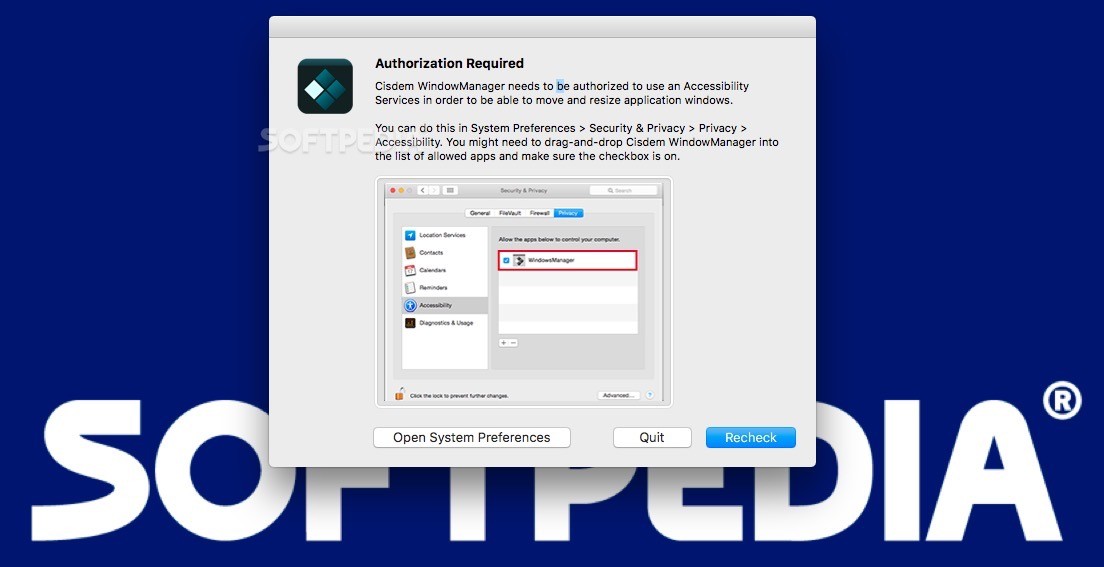

#ACTUAL WINDOWMANAGER ALTERNATIVCE WINDOWS#
Instead, it concentrates on how windows behave when they’re positioned next to each other: Will they automatically snap to each other, for instance, or will they overlap? WindowSpace makes it easy for you to arrange your windows however you want. Unlike the snapping function on most other window managers, WindowSpace’s Snapping tab doesn’t automatically send windows to corners. You can also set title-bar buttons such as Close, Minimize, and Maximize to perform new actions when right-clicked or middle-clicked. WindowSpace’s interface is one big settings screen, and getting acquainted with it takes time.Īside from letting you use keyboard shortcuts, WindowSpace can enhance each window’s title bar with additional context menu items and mouse actions that you can use to specify which menu items you want to add, and even how you want them to appear in the context menu. The operations involved range from regular window snapping and moving windows between monitors, to fine-tuning a window’s position on the screen, resizing, rolling up, and toggling transparency. Instead of focusing on how a window behaves when it’s opened, WindowSpace lets you control windows with dozens of customizable keyboard shortcuts.
#ACTUAL WINDOWMANAGER ALTERNATIVCE TRIAL#
You could try the 30-day free trial and see how you fare, but competing programs in this roundup offer more-effective window management for the money. My settings worked only some of the time, windows became transparent when they shouldn’t have, and the title-bar buttons disappeared inexplicably. These features look great on paper, but in reality Chameleon Window Manager performed very inconsistently for me. You can save your configuration or create multiple ones and switch among them.Ĭhameleon’s window-snapping layout is completely customizable. Though the buttons are primitively designed, they work. For each window, you can dedicate various title-bar buttons to performing actions such as basic snapping, monitor switching, and transparency toggling. Unfortunately, the interface is cluttered and confusing, so you could spend quite a while setting up everything. The custom title-bar buttons in Chameleon are reminiscent of a child’s drawing, but they work.Ĭhameleon Window Manager gives you a multitude of options to apply to all of your windows, to specific programs, or even to specific windows within programs.

It can’t, however, open specific documents. When restoring a snapshot, Mosaico will open relevant programs if they’re closed, and will minimize others that aren’t part of the snapshot. Mosaico’s simple interface revolves around taking (and restoring) desktop snapshots. You can save eight different desktop snapshots and restore them easily from the program’s snapshot browser. Once you’re happy with the way your windows are laid out, click the snapshot button to save the arrangement. Unlike WinSplit Revolution, Mosaico has an actual program interface, and you can use it to create different desktop snapshots for various situations. If your window management needs go beyond mere window snapping, however, the $10 Mosaico may be a better fit. For convenient window snapping, this app is your best option. That quibble aside, WinSplit Revolution is a simple yet powerful program. You can activate WinSplit Revolution’s window-dragging-to-snapping function from the keyboard. And because the numpad sits immovably at the top-left corner of the screen, it sometimes gets in the way of other windows’ options. Though the idea itself is good, I found that the numpad tended to disappear inexplicably and remain gone until I restarted the program even attempts to restore it from the program’s settings were futile. You click the numpad to snap windows to various available positions. A virtual numpad (a small on-screen arrow pad) is available for users who don’t mind clicking, but find dragging…well, a drag.


 0 kommentar(er)
0 kommentar(er)
